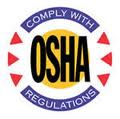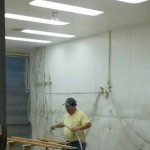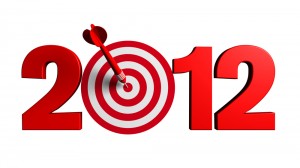Fri 8 Jun 2012
Isn’t it enough if I just follow OSHA?
Posted by admin under ACGIH, AIHA, Federal OSHA, industrial hygienist, OSHA, PEL (Perm Exp Limit)
1 Comment
On occasion, owners say they just want to do the minimum to be in compliance with OSHA. Most times this is due to lack of understanding.
 For some rules OSHA’s standard is right on the money. Take, for instance, lead (leaded paint) exposure. They have specific rules and guidelines that, if followed, keep virtually everyone protected*. The trouble is that some of OSHA’s rules have not been updated since 1973. New research and industry practices have found these levels to be unsafe even at current standards and exposure limits (PELs).
For some rules OSHA’s standard is right on the money. Take, for instance, lead (leaded paint) exposure. They have specific rules and guidelines that, if followed, keep virtually everyone protected*. The trouble is that some of OSHA’s rules have not been updated since 1973. New research and industry practices have found these levels to be unsafe even at current standards and exposure limits (PELs).
So, how do you know if the OSHA standards are current?
The quick answer is, you don’t.
Good safety professionals and industrial hygienists study the standards, recommended guidelines, and occupational limits worldwide.  In the US, the American Conference of Governmental Industrial Hygienists (ACGIH) provides the most current best practices. However, there are other methods and standards for specific hazards. ANSI, AIHA (although getting more dated due to lack of funding), European OELs (occupational exposure limits), and others.
It is rare that an employer knowingly exposes employees to a hazard. On the other hand, ignorance isn’t acceptable either….which might be the best reason for OSHA to be in existence. I wish they would spend more money on resources, information and training. Â Consult your safety professional!
*recently there is some discussion about low level lead exposure to children


